Eclectus Fertile Parrot Eggs
$65.00
Eclectus Fertile Parrot Eggs
Welcome To Rollic Stanley Exotic Parrot Farm. A big shout Out To Robert North For All The Help and Assistance He Has Given Us With A Blue King Parrot Breeding Pair That We Purchased From Him And Now, We Are The Best And Reliable Farm In-charge Of Parrots, Eclectus Fertile Parrot Eggs and Exotic Birds Shipping And Delivery Worldwide, With Us You Have The 100% Guarantee For Safe And Fast Delivery. We Treat Our Clients Like Royalty. Check out our Eclectus Fertile Parrot Eggs.
Description
Eclectus Fertile Parrot Eggs
Are you ready to embark on an exciting journey into the world of Eclectus parrot breeding? These
vibrant, intelligent birds have captured the hearts of many avian enthusiasts, but successfully breeding
them can be a challenging yet rewarding experience. At the heart of this process lies a crucial element:
Eclectus Fertile Parrot Eggs.
For both novice and experienced breeders, understanding the intricacies of Eclectus Fertile Parrot Eggs can
make the difference between success and disappointment. From identifying fertile eggs to providing
optimal incubation conditions, every step is crucial. In this comprehensive guide, we’ll unravel the
mysteries surrounding Eclectus Fertile Parrot Eggs, equipping you with the knowledge to nurture new life
and potentially welcome adorable Eclectus chicks into your aviary family. 🐣
Join us as we explore the fascinating world of Eclectus parrot breeding, delve into the art of egg
identification, and uncover the secrets of successful incubation. We’ll guide you through caring for
developing eggs and preparing for the magical moment of hatching. Whether you’re a curious bird lover
or an aspiring breeder, this journey promises to be both informative and captivating!
Understanding Eclectus Parrot Breeding
Now that we’ve introduced the topic of Eclectus fertile parrot eggs, let’s dive into the fascinating world of
Eclectus parrot breeding. Understanding the breeding process is crucial for successful egg production
and healthy offspring
Understanding Eclectus Parrot Breeding
Now that we’ve introduced the topic of Eclectus Fertile Parrot Eggs, let’s dive into the fascinating world of Eclectus parrot breeding. Understanding the breeding process is crucial for successful egg production and healthy offspring.
Ideal Breeding Conditions
Creating the perfect environment for Eclectus parrots to breed is essential. Here are the key factors to consider:
- Temperature: Maintain a consistent temperature between 70-80°F (21-27°C)
- Humidity: Keep humidity levels between 50-70%
- Lighting: Provide 12-14 hours of light daily
- Nesting box: Offer a spacious, dark, and secure nesting box
| Factor | Ideal Range |
|---|---|
| Temperature | 70-80°F (21-27°C) |
| Humidity | 50-70% |
| Lighting | 12-14 hours daily |
| Nesting box size | 12″ x 12″ x 24″ |
Egg-Laying Process
The egg-laying process for Eclectus parrots typically follows this pattern:
- Courtship and mating
- Nest preparation
- Egg formation (24-48 hours)
- Laying of eggs (usually 2-3 eggs per clutch)
- Incubation period (28-30 days)
Mating Behaviors
Eclectus parrots display unique mating behaviors that are essential for successful breeding:
- Mutual preening
- Feeding rituals
- Vocalizations and displays
- Nest inspection and preparation
Understanding these behaviors helps breeders identify when their Eclectus parrots are ready to mate and produce fertile eggs. With this knowledge of breeding conditions, egg-laying processes, and mating behaviors, we can now move on to identifying fertile Eclectus parrot eggs.
Identifying Fertile Eclectus Parrot Eggs
Now that we understand the basics of Eclectus parrot breeding, let’s explore how to identify fertile eggs. Recognizing Eclectus Fertile Parrot Eggs is crucial for successful breeding and helps breeders focus their efforts on viable eggs.
Shell Texture and Color
Fertile Eclectus parrot eggs typically have:
- A smooth, slightly glossy surface
- A uniform, off-white color
- Minimal imperfections or blemishes
Egg Weight and Size
| Characteristic | Fertile Egg | Infertile Egg |
|---|---|---|
| Weight | 12-14 grams | <12 grams |
| Size | 38-42 mm | Variable |
Candling Techniques
Candling is an effective method to determine egg fertility:
- Use a bright light source in a dark room
- Hold the egg up to the light
- Look for:
- A dark spot (embryo)
- Blood vessels radiating from the center
- Movement within the egg (after 10-14 days)
Physical Characteristics
Other physical signs of a fertile Eclectus parrot egg include:
- A slight heaviness when gently rotated
- A developing air cell at the larger end
- A faint, pinkish hue when viewed in strong light
By mastering these identification techniques, breeders can better manage their Eclectus parrot breeding programs. Next, we’ll delve into the proper incubation methods for these fertile eggs to ensure successful hatching.
Incubation of Fertile Eclectus Eggs
Now that we’ve identified fertile Eclectus parrot eggs, let’s delve into the crucial process of incubation. Proper incubation is essential for the successful development and hatching of healthy chicks.
A. Turning and positioning eggs
Turning eggs regularly is vital to prevent the embryo from sticking to the shell and to ensure even distribution of nutrients. Here’s a quick guide:
- Turn eggs at least 3-5 times daily
- Rotate eggs 180 degrees along their long axis
- Mark eggs with an ‘X’ on one side to track turning
B. Monitoring embryo development
Regular monitoring helps track the progress of the developing embryo:
- Candling: Use a bright light source to observe the egg’s interior
- Look for:
- Veins spreading across the egg (days 5-10)
- Dark spot indicating the embryo (around day 7)
- Movement (after day 14)
C. Optimal temperature and humidity levels
Maintaining the right environment is crucial for successful incubation:
| Factor | Optimal Range |
|---|---|
| Temperature | 37.2-37.5°C |
| Humidity | 50-60% (first 18 days) |
| 65-70% (last 3 days) |
D. Natural vs artificial incubation
Both methods have their pros and cons:
Natural Incubation:
- Mimics natural process
- Strengthens parent-chick bond
- Less equipment needed
Artificial Incubation:
- Precise control over conditions
- Higher hatch rates
- Allows parents to lay more clutches
Choose the method that best suits your breeding goals and resources. Whichever you choose, consistent monitoring and care are key to successfully incubating Eclectus Fertile Parrot Eggs.
Next, we’ll explore the essential steps in caring for developing eggs to ensure the best possible outcomes for your Eclectus chicks.
Caring for Developing Eggs
Now that we’ve covered the incubation process, let’s focus on the critical task of caring for developing Eclectus parrot eggs. This stage requires attention to detail and a careful approach to ensure the health and viability of the embryos.
A. Addressing potential complications
When caring for developing Eclectus eggs, it’s essential to be aware of potential issues that may arise:
- Temperature fluctuations: Maintain a consistent temperature to avoid stress on the developing embryo.
- Humidity imbalances: Too high or too low humidity can affect shell permeability and embryo development.
- Egg positioning: Incorrect positioning can lead to malposition of the embryo.
Here’s a quick reference table for common complications and their solutions:
| Complication | Solution |
|---|---|
| Temperature drops | Quickly adjust incubator settings, check for power issues |
| Humidity spikes | Reduce water levels in incubator, increase ventilation |
| Egg turning failure | Manually turn eggs, check automatic turner functionality |
B. Maintaining a sterile environment
A clean environment is crucial for the health of developing eggs. Follow these steps:
- Regularly sanitize incubator surfaces with a mild disinfectant
- Use clean, sanitized hands or gloves when handling eggs
- Ensure proper air filtration in the incubation area
- Remove any cracked or infertile eggs promptly to prevent bacterial growth
C. Proper handling techniques
When it’s necessary to handle the eggs, use these techniques to minimize risk:
- Always wash hands thoroughly before touching eggs
- Handle eggs gently, using a “cupped hand” technique
- Avoid sudden movements or rotations
- Limit handling time to reduce temperature changes
By following these guidelines, you’ll provide the best care for your developing Eclectus Fertile Parrot Eggs, maximizing the chances of successful hatching. Next, we’ll explore the exciting final stage: preparing for the hatching process.
Preparing for Hatching
As the incubation period nears its end, it’s crucial to prepare for the exciting moment when your Eclectus Fertile Parrot Eggs are ready to hatch. Let’s explore the essential steps to ensure a successful hatching process.
Signs of Impending Hatch
Before diving into preparation, it’s important to recognize the signs that indicate your Eclectus eggs are about to hatch:
- Increased movement within the egg
- Slight cracking or “pipping” of the shell
- Chirping sounds from inside the Eclectus Fertile Parrot Eggs
- Slight changes in egg color or texture
Creating an Ideal Hatching Environment
To give your Eclectus chicks the best start in life, create an optimal hatching environment:
- Maintain proper temperature and humidity
- Ensure good ventilation
- Minimize disturbances
- Use a clean, sterile hatcher
| Factor | Ideal Range |
|---|---|
| Temperature | 99.5°F – 100°F (37.5°C – 37.8°C) |
| Humidity | 65% – 70% |
| Ventilation | Gentle air circulation |
Assisting with Difficult Hatches
While most Eclectus chicks hatch on their own, sometimes they may need assistance:
- Monitor progress closely
- Only intervene if absolutely necessary
- Use sterile tools if assistance is required
- Consult an avian veterinarian if unsure
Post-Hatch Care Essentials
Once your Eclectus chicks have hatched, immediate care is crucial:
- Maintain proper brooder temperature
- Provide appropriate nutrition
- Monitor health and development
- Ensure a clean, safe environment
With these preparations in place, you’ll be well-equipped to welcome your new Eclectus chicks into the world. Next, we’ll explore the critical first few weeks of an Eclectus chick’s life and how to provide the best care for healthy growth and development.
Breeding Eclectus parrots and caring for their fertile eggs is a rewarding yet challenging endeavor. From understanding the breeding process to identifying fertile eggs, proper incubation techniques, and preparing for hatching, every step requires careful attention and dedication. By mastering these aspects, you can significantly increase the chances of successful hatching and raise healthy Eclectus chicks.
As you embark on this journey, remember that patience and consistency are key. Provide a nurturing environment for your breeding pair, maintain optimal incubation conditions, and be prepared for the exciting moment when the chicks begin to hatch. With the right knowledge and care, you can contribute to the conservation of these beautiful birds and experience the joy of raising Eclectus parrots from egg to adulthood.

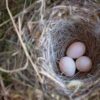
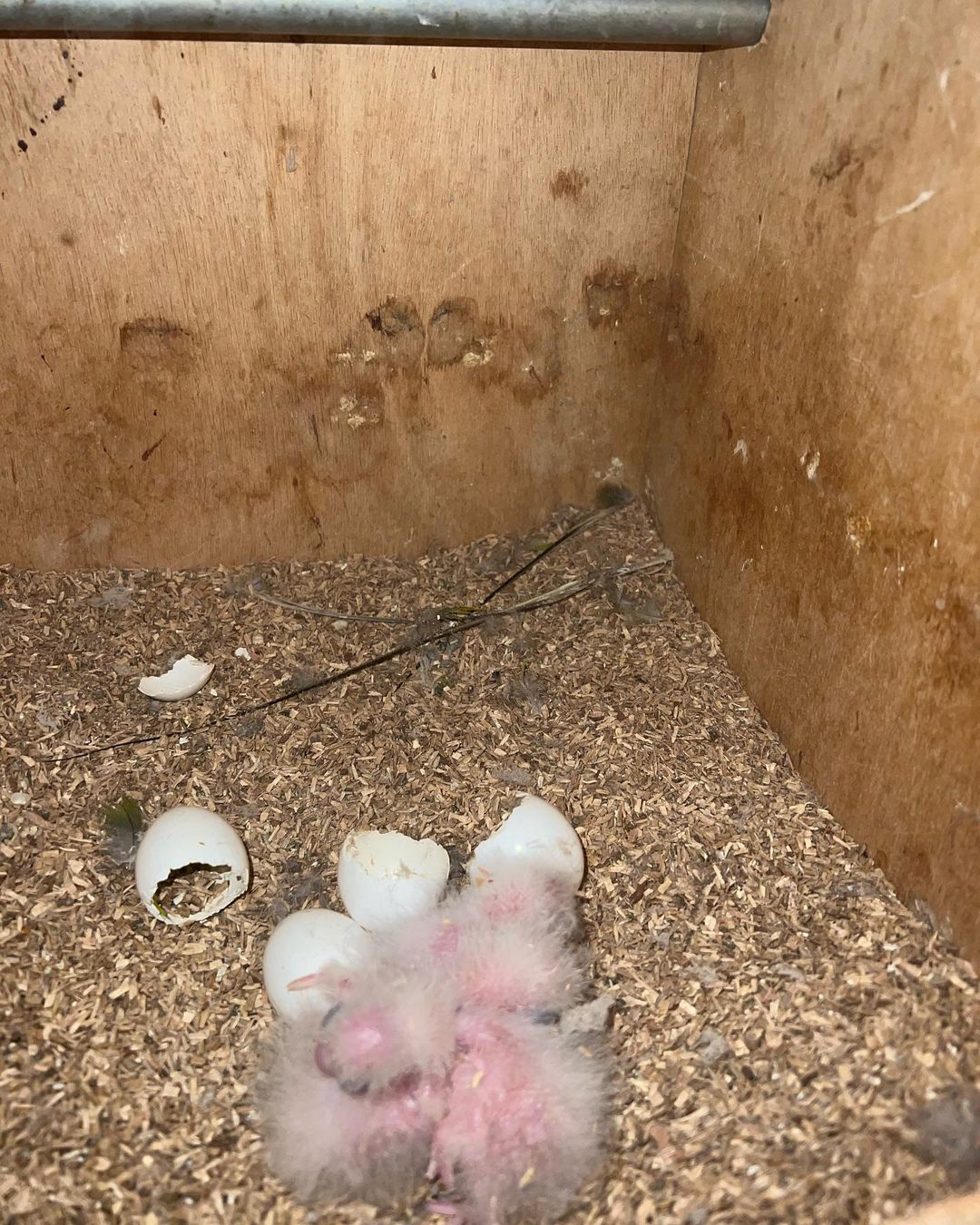
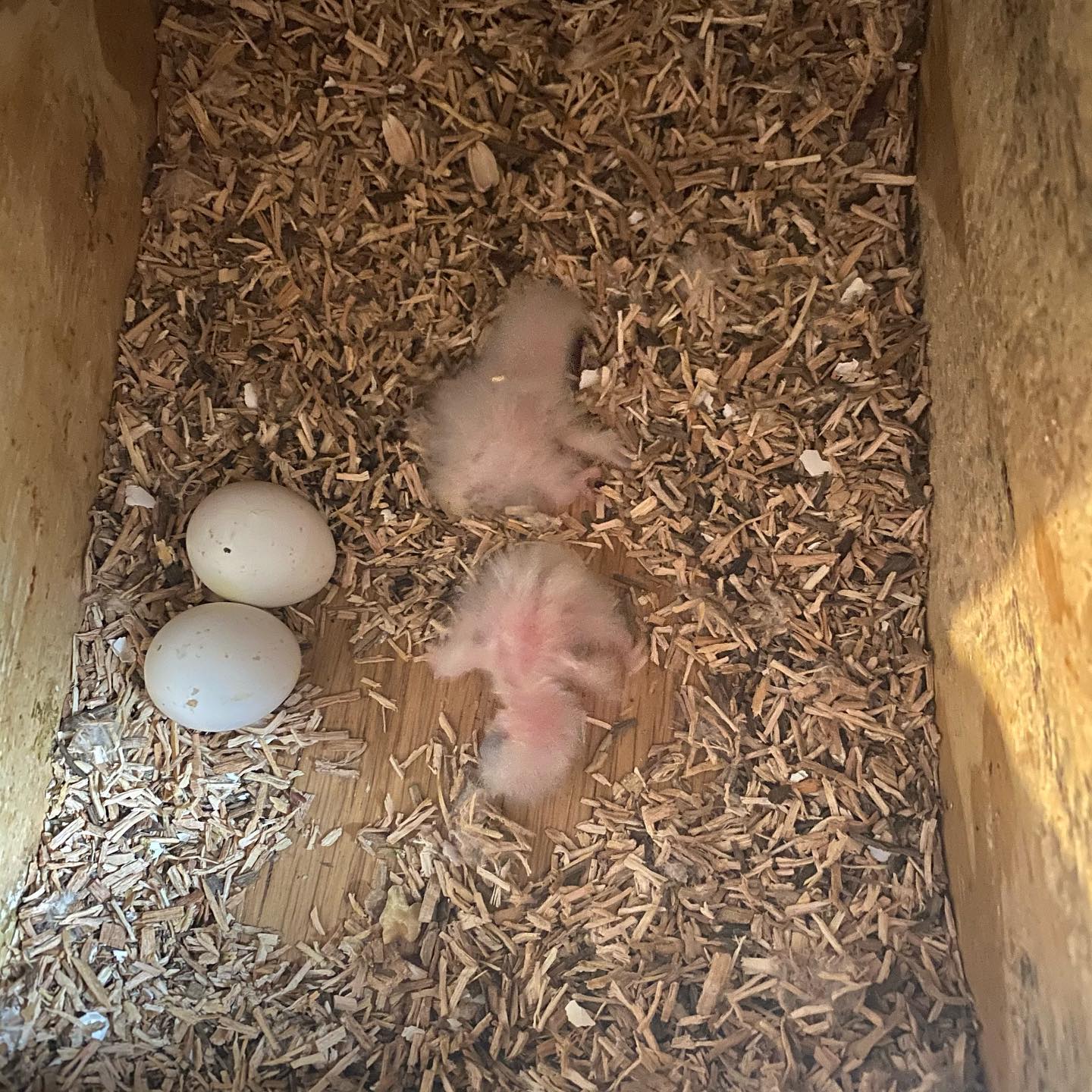

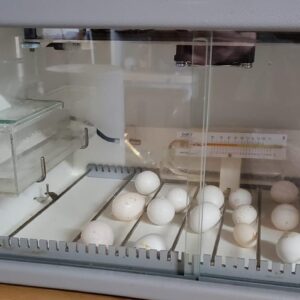
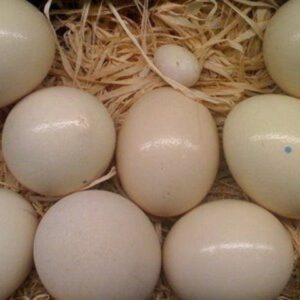
Reviews
There are no reviews yet.